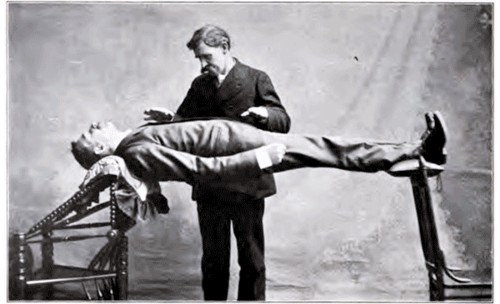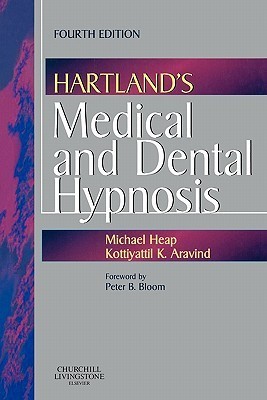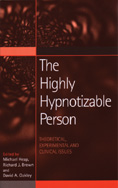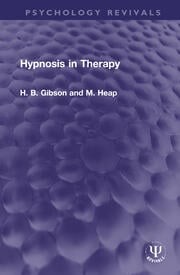4. Hypnosis on the Stage
Written on Oct 30, 2025
A reflection on the nature of hypnosis for the purpose of entertainment
I continue the theme of the importance of the non-hypnotic context in determining the behaviour and experiences of the hypnotic subject by considering stage hypnosis, where the hypnotist gives suggestions and instructions to volunteers for the purposes of entertaining an audience. As with the audience, the volunteers will have expectations about how they are to behave, and this will be to provide a convincing and hilarious performance of the various scenarios described by the entertainer. Hence their responses to hypnosis must be highly visible and dramatic, unlike those normally observed in the clinic or laboratory
My experience of stage hypnosis is attending live shows and viewing televised shows, talking to stage hypnotists and their volunteers, studying the literature, and providing expert witness reports and testimony for claims of personal injury (in one case, death) allegedly due to stage hypnosis.
There has been little systematic research on stage hypnosis. I have in my previous blogs highlighted two characteristics of true hypnotic responding, namely the realistic and effortless nature of the subjects' experiences. This is very true of the responses of stage hypnosis participants. Following a performance, they may express astonishment at the intensity of the experience and the immediacy of their reactions to the hypnotist's suggestions and instructions. Participants occasionally feel confused afterwards, and there is evidence that some are more prone to post-hypnotic amnesia than in a laboratory setting (Crawford et al., 1992). My personal observations suggest this.
It is not uncommon for stage participants to report afterwards that they were under the complete control of the stage hypnotist. In other words, they were reduced to the status of robots or automata. Indeed, so outrageous and even obscene are the scenarios that some stage hypnotists include in their act that the audience is compelled to come to the same conclusion.
To account for these observations, many writers and trainers in the field of hypnosis rely on the traditional model of hypnosis, namely that the subject is induced into a trance state by the hypnotist and thus rendered highly susceptible to his or her suggestions and directions. Moreover, the stage hypnotist selects those volunteers with the ability to enter particularly deep trances, thus allowing for a more dramatic and convincing performance. Indeed, most stage hypnotists choose their volunteers from the audience by first conducting simple tests of suggestibility such as hand clasp, whereby they are instructed to interlock the fingers of their hands are then told that they cannot separate them. Having thus selected the participants, the hypnotist will perform a group hypnotic induction on stage, usually a relaxation procedure. And then the fun starts!
And yet …. . In previous blogs, I have explained that research has shown that the above model of hypnosis is not tenable. The function of the hypnotic induction is simply to raise the subject's motivation and expectation to respond to the suggestions to follow, and there are other ways of doing this. In fact, some stage hypnotists have cottoned onto this and dispense with the usual induction procedure. In the UK, Martin Taylor is one such stage hypnotist. I attended one of his shows at a private Church of England school (where he performed annually by request of the pupils) and before and during the act he insisted that the participants would not be hypnotised and were not hypnotised. The behaviour of the volunteers was the same as with any other stage hypnosis show.
Martin did, however, perform some preliminary suggestibility tests before encouraging volunteers to come forward. Yet we know that these simple tests would not screen subjects for exceptionally high levels of suggestibility. In the laboratory, a lengthy screening procedure must be undertaken to reliably select highly suggestible participants. Hence, Crawford et al (1992) found that the average suggestibility score of a group of stage hypnosis participants show was, as expected, higher than average but not excessively so.
The question remains as to why many participants seem to be under the complete control of the hypnotist and indeed this is what they themselves report. 'He could have made me do anything' they may say. Is hyper-obedience a property of hypnosis or is there something else going on?
I have had to address the above question many times when I have prepared expert witness testimony in legal cases where claimants allege they have suffered psychological and even medical injury due to stage hypnosis; where defendants claim that they were made to commit a crime 'under hypnosis'; and where complainants (usually patients) allege they were indecently assaulted during hypnosis and were unable to resist the actions of the hypnotist.
Reference: Crawford, H.J., Kitner-Triolo, M., Clarke, S.W. & Olesko, B. (1992) Transient positive and negative experiences accompanying stage hypnosis. Journal of Abnormal Psychology, 101, 663-667.
I'll continue with this in the next post of my 'Reflections on Hypnosis' series. Meanwhile, you may consider how you yourself would set about addressing this matter.
Note: At present, it's not possible for you to post your comments on my blog directly. But I welcome them via my email address, and I'll only upload them under 'Comments' if that is your wish (and with the usual stipulations about offensiveness, etc.)




